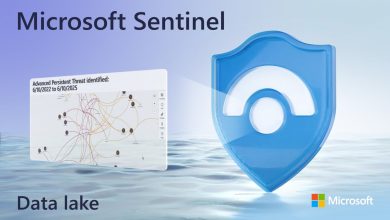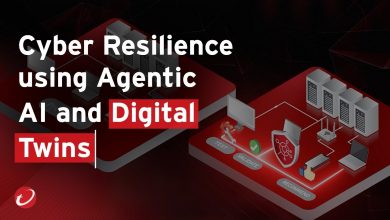MDR – Managed Detection and Response
 Checkpoint defines MDR – Managed Detection and Response as:
Checkpoint defines MDR – Managed Detection and Response as:
“Managed detection and response is a category of a Security-as-a-Service offering, where an organization outsources some of its security operations to a third-party provider.”
As its name suggests, it goes beyond simply detecting threats to actually working to remediate them on an organization’s network.
Managed Detection and Response
As Crowdstrike describes MDR stands for ‘Managed Detection and Response’, a cybersecurity service that provides organizations with 24/7 threat monitoring, detection, and response capabilities, managed by a third-party provider.
MDR combines advanced technologies—such as endpoint detection and response (EDR), security information and event management (SIEM), and threat intelligence—with human expertise to identify, investigate, and mitigate cyber threats in real time. Unlike traditional security tools that focus on prevention, MDR emphasizes proactive threat hunting, rapid incident response, and remediation to minimize damage from breaches.
Key components of MDR include:
- Continuous Monitoring: Real-time analysis of network, endpoint, cloud, and application activity to detect suspicious behavior.
- Threat Detection: Use of AI, machine learning, and behavioral analytics to identify known and emerging threats, including malware, ransomware, and insider threats.
- Incident Response: Investigation, containment, and eradication of threats, often with automated and human-led actions.
- Threat Hunting: Proactive searches for hidden threats or vulnerabilities that evade automated detection.
- Reporting and Compliance: Detailed reports and guidance to support regulatory requirements and improve security posture.
MDR services typically integrate with existing security tools (e.g., Microsoft Defender, firewalls) and are delivered as a subscription-based model, making them accessible without requiring in-house expertise or infrastructure.
Small organizations—typically those with fewer than 250 employees—face unique cybersecurity challenges, including limited budgets, small or no dedicated IT/security teams, and increasing exposure to sophisticated cyber threats. MDR provides significant value to these organizations by addressing these challenges and delivering enterprise-grade security without the complexity or cost of building an in-house solution.
MDR vs. Managed SIEM
They also explore the difference between MDR and ‘SIEM‘.
Security information and event management (SIEM) is a broad technology category. SIEMs all start by aggregating data from many network sources and other security devices, and analyzing it to catch anomalies that may signal suspicious activity. After that, SIEM capabilities vary widely. Some are technology-only solutions while others are more like managed event processing and alerting services.
One thing all SIEMs have in common is that their customers report challenges in resolving problems exposed by their SIEM’s data because they encounter difficulties understanding the results. Almost 45 percent of SIEM users say they lack the in-house expertise to fully utilize their SIEM solution. SIEMs can also be expensive and resource-intensive. MDRs, on the other hand, are characterized by their light network footprint and quick time-to-value.



